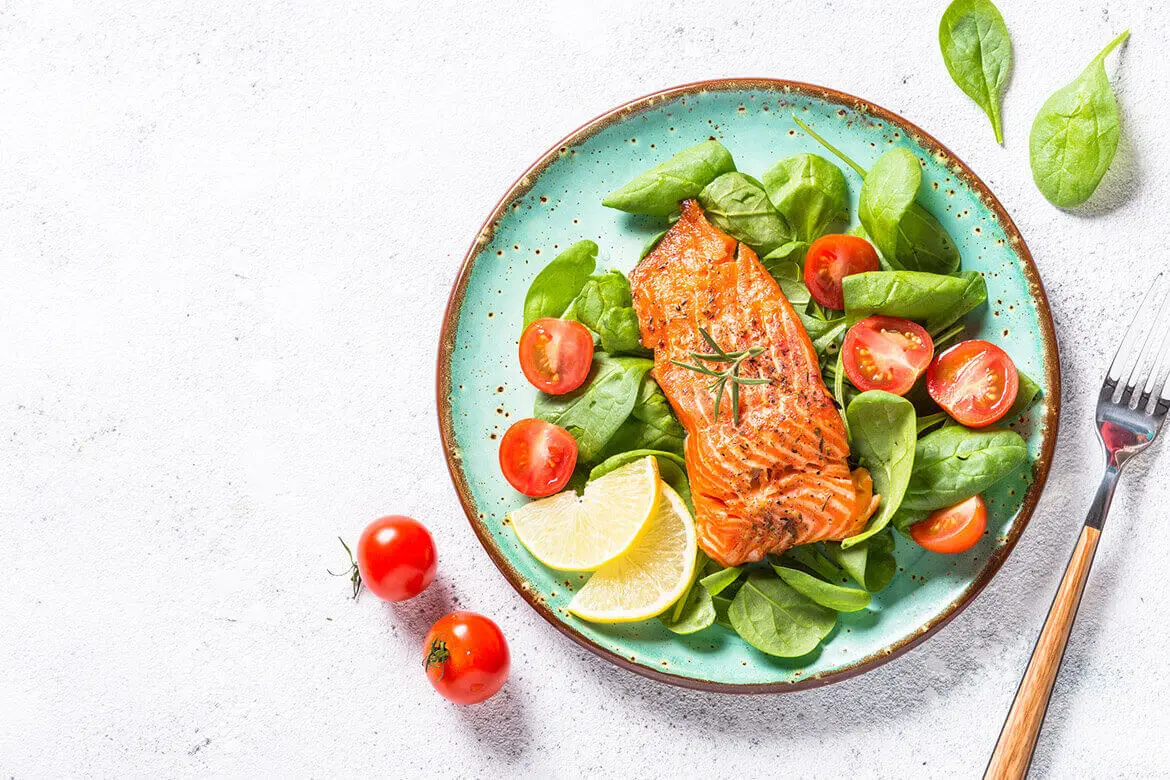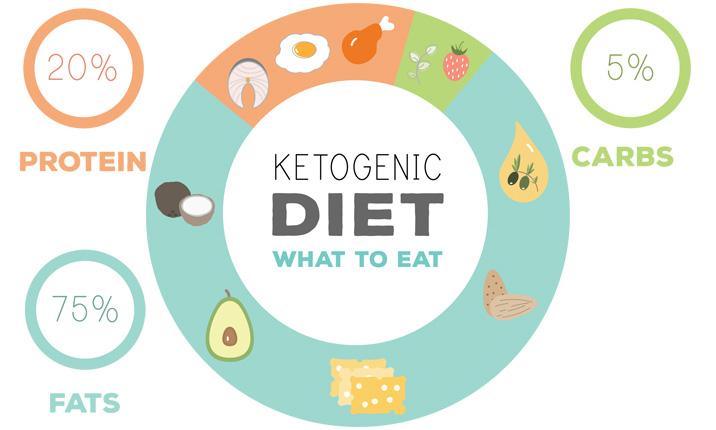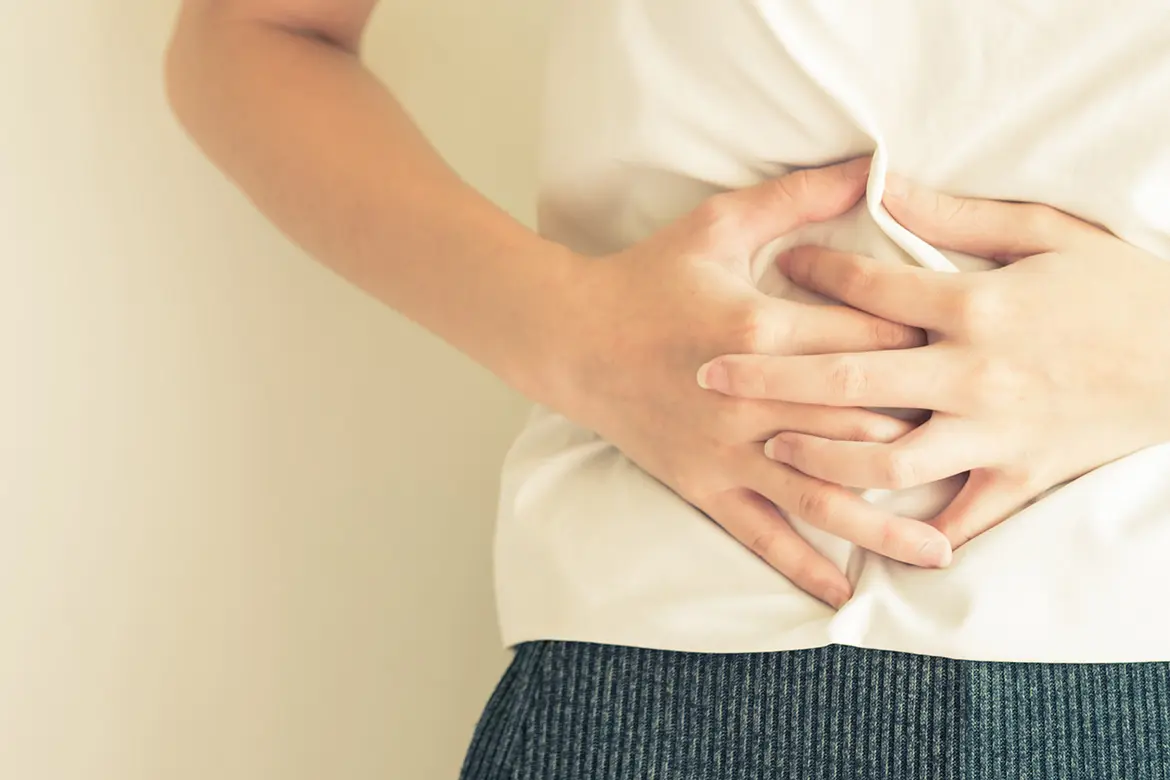Weight loss diets are everywhere, and it can be overwhelming to figure out which ones are beneficial to your body, and which are simply the latest fads.
The ketogenic diet has captured the imagination of many people, but is it effective in weight loss management? Is it suitable for you, and more importantly, is it safe?
What exactly is the keto diet?
A ketogenic diet is essentially a very strict high-fat, moderate-protein and low-carb diet. When you cut down on your carbohydrate intake, your body eventually enters a state known as ketosis.
When you reach ketosis, your body burns fat instead of carbohydrates from food, and produces ketones, which are acids your body can use as fuel. This is very much an individualised process, however, and some people will need a more restricted diet than others to begin producing sufficient ketones.
The keto diet involves cutting out foods like bread, pasta, rice and sugar, so you take in less than 50g of carbohydrates per day. The standard keto diet is usually made up of 55 – 60% fat, 30 – 35% protein and 5 – 10% carbohydrates.
Why is the keto diet so popular?
The keto diet is generally regarded as a more sustainable weight loss plan as fats and protein are known to increase satiety levels, keeping you feeling full and satisfied for a longer period of time.
Ketones provide an alternative fuel for your body and brain functions, without making you feel like you're starving yourself. This way, you don't experience the increase in ghrelin, the 'hunger hormone' that signals your brain to eat, so the diet is easier to maintain.
Foods to eat on a ketogenic diet
If you follow the basic principles of the diet, you will be eating mostly fats and some proteins, such as:
Nuts and seeds
Nuts and seeds are high in fat, low in carbs and have a moderate amount of protein. They are also high in fibre and magnesium. Regular nut consumption is associated with a reduced risk of heart disease and certain cancers. While all nuts and seeds are generally low in carbs, there is a variation between the different types. The following lists the net carb (carbs that are absorbed by the body) counts of 1 serving (28 grams) of some commonly enjoyed nuts and seeds:
- Almonds: 2g
- Brazil nuts: 1g
- Cashews: 8g
- Macadamia nuts: 2g
- Pecans: 2g
- Pistachios: 5g
- Walnuts: 2g
- Chia seeds: 1g
- Flaxseeds: 0g
- Pumpkin seeds: 3g
- Sesame seeds: 3g
Avocado
Avocados are one of the best keto diet foods to choose. They are low in carbs but full of other nutrients. One-half of a medium avocado contains 9 grams of total carbs, of which 7 grams are fibre. They are also high in potassium which help in blood pressure control and ensures proper function of the muscles and nerves. However, people with existing kidney and heart problems should limit foods high in potassium.
Olive and coconut oils
Olive and coconut oils are particularly preferred in the keto diet owing to their unique properties.
Coconut oil contains medium-chain triglycerides (MCTs) that are directly taken up by the liver and converted to ketones. Coconut oil contains no carbohydrates and is low in fat.
Olive oil is rich in oleic acid, a monounsaturated fat that helps to reduce bad LDL blood cholesterol, and vitamin E. Extra-virgin olive oil is also high in phenols, a type of antioxidants that also protect the heart by decreasing inflammation and improving artery function. Olive oil is a pure fat source; it contains 14 grams of fat per tablespoon and no carbs.
Butter and cream
Butter and cream are almost carb-free and contain conjugated linoleic acid (CLA), which is the fatty acid that may be associated with fat loss. However, according to research, the effect is small. Butter and cream that come from grass-fed cows are particularly beneficial as they are higher in omega-3 fatty acids, CLA, beta-carotene, vitamins A, D, E and K, and butyrate than those obtained from grain-fed cow.
Cheese and yoghurt
Cheese of all types are very low in carbs and high in fat. One serving size (28 grams) of cheese contains about 5 grams of fat, 7 grams of protein and 20% of the recommended dietary intake for calcium. Studies have also shown that daily cheese consumption increases muscle mass and strength over time.
Grass-fed meats and poultry
Meat and poultry are carb-free and a great source of high-quality protein. They are also rich in B vitamins and minerals such as iron selenium, and zinc. Meat from grass-fed animals is preferred to those from grain-fed as they contain higher amounts of omega-3 fats, CLA, and antioxidants.
Fish and shellfish
Fish are carb-free but rich in B vitamins and selenium. Salmon, sardines, mackerel, tuna and other oily fish are rich in omega-3 fatty acids that help to reduce risk of developing cardiovascular disease, metabolic syndrome and diabetes in people who are overweight or obese. Shellfish are also recommended on the keto diet although they might not be entirely carb-free. Some shellfish such as prawns and most crabs contain no carbs, while others including, squid, oysters, octopus, clams, and mussels contain between 3 – 7 grams of carbs for every 100 grams.
Eggs
Eggs are often a staple in the keto diet as they are very low in carbs, a good source of protein and fat, filling, and very versatile. They also contain antioxidants such as lutein and zeaxanthin in the egg yolk that are beneficial for eye health.
Low-carb vegetables
Vegetables that are non-starchy are rich in fibre, the type of carb that the body does not digest and absorb. This makes the net carb count of non-starchy vegetables range from only 1 – 8 grams per cup. Examples of low-carb veggies include leafy greens such as spinach, broccoli, cauliflower, tomatoes, asparagus, and kale. These veggies are also high in antioxidants, vitamin C, and generally nutritious.
Mushrooms
Mushrooms are an excellent addition to the keto diet as they have an almost negligible content of carbs but are full of other nutrients such as B and D vitamins, potassium, and selenium. They have also been shown to have potent anti-inflammatory properties.
Berries
While most fruits are often excluded in the keto diet due to their high carb content, berries are an exception as they are low in carb and high in fibre. One cup of the fruits such as, blackberries, blueberries, raspberries, and strawberries contain between 6 –18 grams of net carbs. Berries also have significant amounts of antioxidants that help to reduce inflammation and protect against disease.
Dark chocolate
Dark chocolate can be a delicious addition to the keto diet. They not only taste good but are also rich in antioxidants called flavonols, which may have a role in lowering blood pressure and keeping arteries healthy. Opt for chocolates with at least 70% cocoa solids. One serving of 70 – 85% dark chocolate (28 grams) contains 3 –10 grams of net carbs and 12 grams of fat.
Coffee and tea
Coffee and tea, when unsweetened, are almost carb and fat free. Coffee and tea also contain caffeine, which increases metabolism leading to improved physical performance, alertness, and mood.
Shirataki
Shirataki is what you need when you're craving for that noodle fix. It is made from konjac yam and contains 97% water and 3% glucomannan fibre, earning it the label 'miracle noodles'. It is a form of soluble fibre that is said to aid weight loss as it absorbs large amounts of water, keeping you full for longer.
Stevia
Stevia is a natural, non-nutritive sweetener that can be used to sweeten sugar in drinks and desserts. Do take note of the appropriate replacement amounts as stevia tastes sweeter than regular sugar.
Bone broth
Bone broth is rich in nutrients while low in carbs, making it a hearty addition to the list of keto-friendly foods. Bone broth can be made by simmering fish, chicken, beef, or lamb bones with herbs and spices for 12 – 24 hours. Onions, carrots and celery may be added for flavour. It is rich in collagen, electrolytes and amino acids and may be consumed on its own or used as an ingredient in soups, stews, and sauces.
What are some health benefits of the keto diet?
Researchers and keto diet enthusiasts attribute several health benefits to the keto lifestyle, including:
Blood glucose control
Carbs are the main contributors of blood sugars. The consumption of very low amounts of carbs eliminates large rises in blood sugar levels. Studies have shown that keto diets are effective at reducing HbA1c, which is the long-term measure of blood glucose control.
Improved blood pressure levels
Reduction of blood pressure have been observed in people who are overweight or with type 2 diabetes on keto diets.
Induces satiety
Keto diets are effective at reducing appetite and cravings, promoting feelings of fullness, and reducing preference for sugary foods. In a state of ketosis, the body gets used to obtaining energy from breaking down body fat.
Helps treat epilepsy among children
The keto diet has been used long ago for the treatment of epilepsy among children because both ketones and decanoic acid, another chemical produced by this diet, help to prevent seizures.
Helps manage other medical conditions
As ketones are a brain-healthy fuel source because of its neuroprotective effects, researchers are also conducting ongoing research to look into the possible benefits of the keto diet for conditions including brain disorders such as Alzheimer's disease and Parkinson's disease.
Is the ketogenic diet safe? What are the risks?
It is important to know that there are some risks involved with putting your body into ketosis.
Common side effects include bad breath, constipation, indigestion, and low blood sugar. In the first few days of the diet, you may also experience nausea, insomnia, and a general feeling of being unwell.
Some people may turn to processed food as their main source of diet and end up consuming too much protein and unhealthy fats. The high level of unhealthy unsaturated fat combined with limits on nutrient-rich fruits, vegetables and grains is a concern for long term heart health.
We do not know much about its long term effects due to lack of long term study, probably because it's hard to follow this diet for a long time.
So, should you give the keto diet a try?
While there may be health benefits to the keto diet, it is best to speak to your doctor or dietitian before embarking on any extreme changes to your food intake and lifestyle.
You can also give the diet a try if your doctor has prescribed this to control seizures that have not responded to several different seizure medications. But it requires close monitoring by the doctor and dietitian.
People with underlying health concerns, particularly with the liver or kidneys, should also be cautious about putting themselves on a diet that will put additional strain on these organs. In addition, patients with kidney disease need to be cautious because high protein keto diet could worsen their condition.
Keto diets should only be used with clinical supervision and only for short periods. Although the keto diet promises significant weight loss for overweight and obese patients in some studies, other clinical reviews show that patients on low carbohydrate diets regain some of their lost weight within a year.
There is no magic bullet for long-term weight loss. Ultimately, it is usually healthier for most people to follow a well-balanced diet, which includes carbohydrates, to maintain energy levels and wellness.















